| Getting your Trinity Audio player ready... |
 By Jonathan Clark, Head of Computer Science and Integration, BISP
By Jonathan Clark, Head of Computer Science and Integration, BISP
I recently had the opportunity to speak about digital wellbeing during a parent session at Tri Vananda in Phuket, where we explored how families can navigate technology in a way that supports children’s health, learning and happiness.
In today’s world, screens are more than just tools. They are where children learn, socialise and shape their identity. Platforms like YouTube, TikTok, Roblox and group chats have become digital playgrounds. While they offer creativity, connection and knowledge, they also raise concerns: excessive screen time, reduced sleep, distraction, online safety and the pressure to always be connected.
The focus of the session was on balance, boundaries and setting a positive example. Some key messages included:
- Be intentional. Consider what you want your child to gain from technology, not just how to limit it.
- Be a role model. Your habits speak louder than any rule.
- Create a family media agreement before problems arise.
- Do not rely on filters and apps. Conversations matter more than controls.
- Use screen time tools as starting points for discussion, not just monitoring.
We also looked at how many leaders in the tech world limit their own children’s screen use. Their message is not to reject technology, but to manage it consciously and with care.
At BISP, we are committed to developing digital literacy and wellbeing through our curriculum and through close partnership with parents. By encouraging open dialogue and setting consistent routines, we can help young people grow up with healthy, confident relationships with the digital world.
